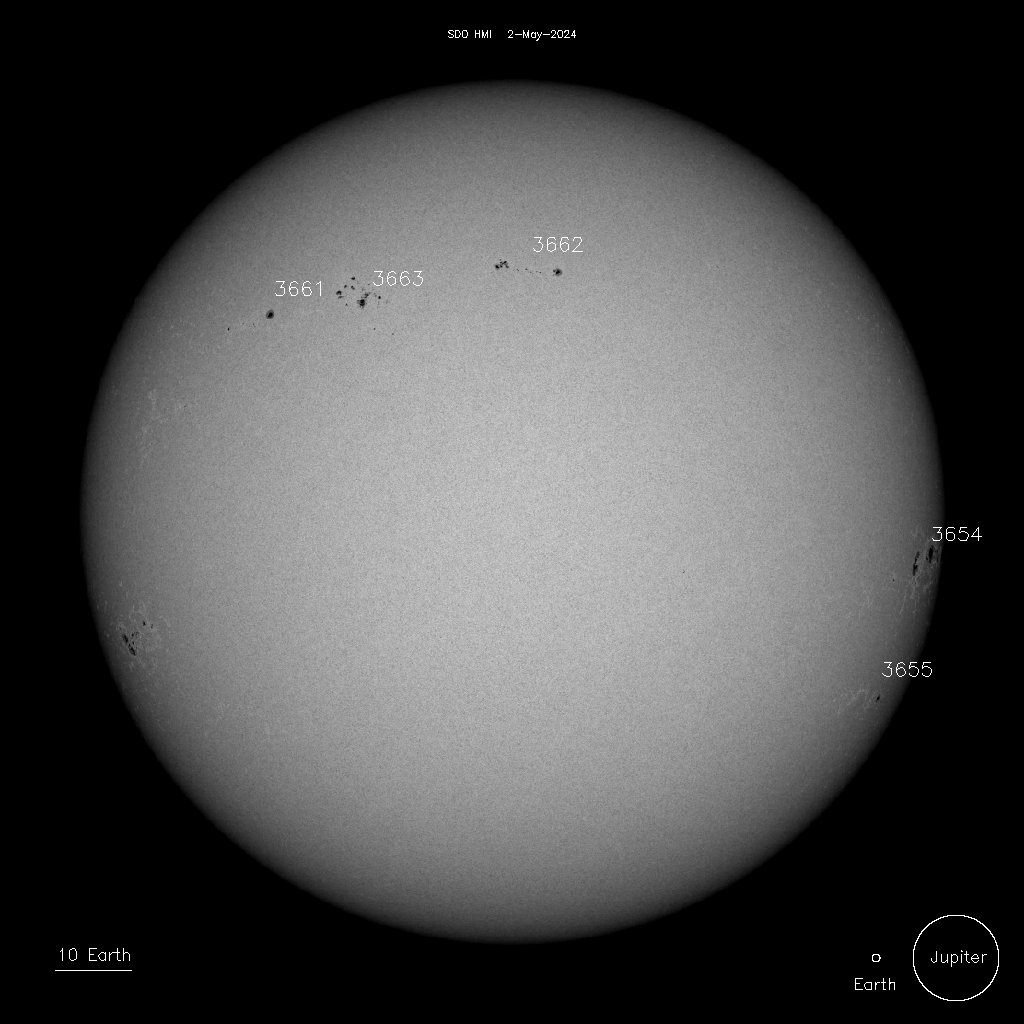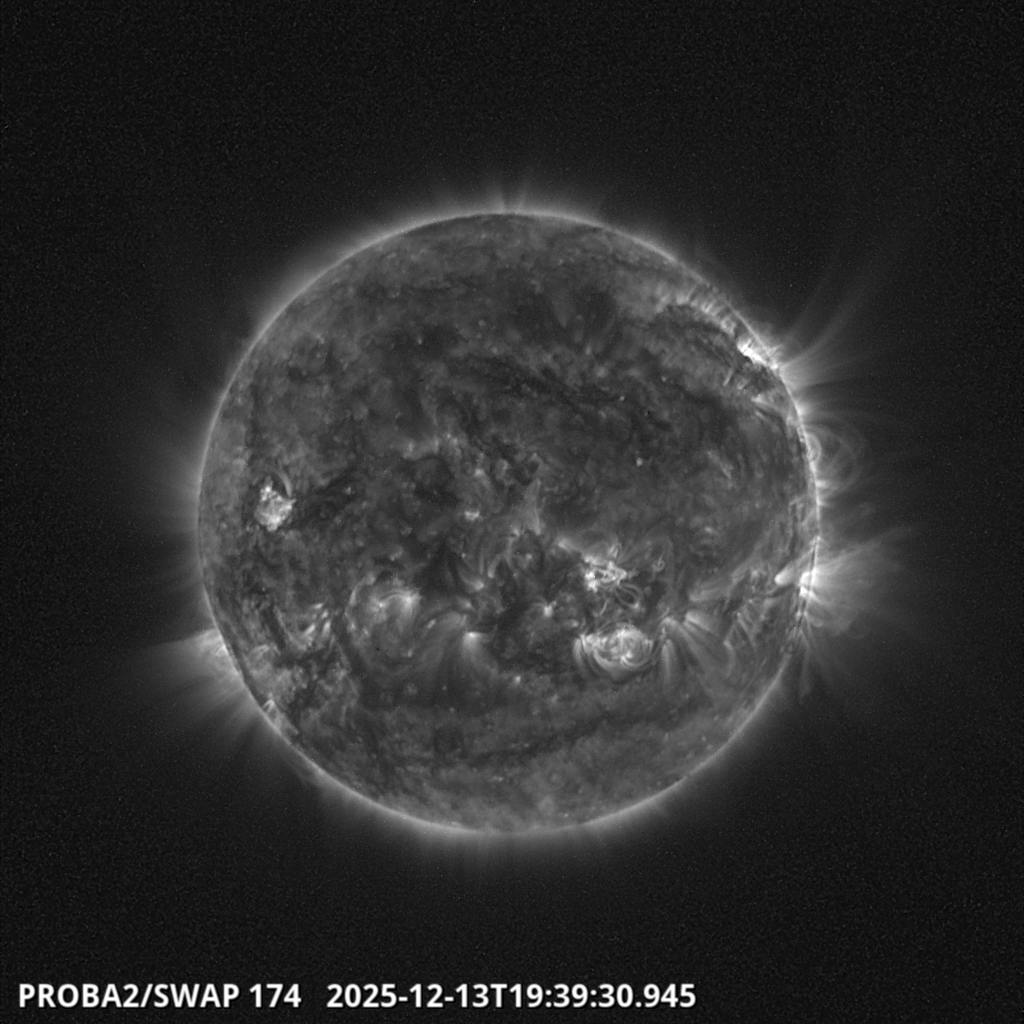The Vela Nebula γ-Ray Emitting Pulsar PSR J0835-4510
The Vela pulsar* is, in essence, an extremely ultra-relativistic particle emitter (Cheng et al. 1986; Yoshikoshi et al. 1997; Fierro et al. 1998), emitting γ-rays at energies of 109 keV (0.000001602J, 16.02 erg) and, as such, it is considered the brightest persistent source in the γ-ray sky. The Vela pulsar (a.k.a PSR J0835-4510; PSR B0833-45) has been known to astronomers ever since it was first observed to emit radio-waves at P = 0.0893 s intervals (Large et al. 1968) nestled within the Vela nebula, seeming to confirm the compact remnant-supernovae core-collapse paradigm. PSR J0835-4510 is embedded in a flat spectrum radio synchrotron nebula (Frail et al. 1997) (i.e. the young Vela supernova remnant known as RX 0835.20-4510) at a distance of 287±19 pc (Dodson et al. 2003) and is surrounded by a bright X-ray wind nebula displaying remarkable toroidal symmetry (Helfand et al. 2001; Pavlov et al. 2003).

Fig. 1: Hα composite image of the Vela supernova remnant.

Fig.2: Hα image in and around the Vela Supernova remnant (Credit: SuperCOSMOS Hydrogen-α Sky Survey).
N.B.* Pulsars are rapidly spinning neutron stars, extremely dense stars (formed out of the gravitational core-collapse of massive main sequence stars) composed almost entirely of neutrons and having a diameter of only 20 km or less (Shapiro & Teukolsky 1983).
Pulsed γ-ray emission from Vela was first detected in by Thompson et al. (1975). Due to the proximity of the Vela nebula the spin-down energy flux at Earth,  , is second only to that of the Crab pulsar and ensures that Vela is among the most intensely studied neutron stars in the γ-ray energy band. Interestingly, the Vela pulsar was one of the optically weakest objects in the sky: meaning it’s emission is dominant in the high-energy X-ray (ROSAT: Seward et al. 2000) and γ-ray (OSSE Strickman et al. 1996; Fermi LAT: Abdo et al. 2009, 2010b) wavelengths, with a corresponding radio emission. Understand the emission profile leads to greater understanding of the emission mechanisms associated with such processes, as well as the strength of the pulsar’s magnetic field† (Grenier et al. 1988; Du et al. 2011), giving considerable insight into magnetospheric activities on the surface of PSR J0835-4510. As such, Vela is a relatively young‡ and relatively close-by supernova.
, is second only to that of the Crab pulsar and ensures that Vela is among the most intensely studied neutron stars in the γ-ray energy band. Interestingly, the Vela pulsar was one of the optically weakest objects in the sky: meaning it’s emission is dominant in the high-energy X-ray (ROSAT: Seward et al. 2000) and γ-ray (OSSE Strickman et al. 1996; Fermi LAT: Abdo et al. 2009, 2010b) wavelengths, with a corresponding radio emission. Understand the emission profile leads to greater understanding of the emission mechanisms associated with such processes, as well as the strength of the pulsar’s magnetic field† (Grenier et al. 1988; Du et al. 2011), giving considerable insight into magnetospheric activities on the surface of PSR J0835-4510. As such, Vela is a relatively young‡ and relatively close-by supernova.
N.B†‡. The strength of the pulsar magnetic field is measured to be ![]() using a characteristic age estimation of
using a characteristic age estimation of ![]() .
.
So why is the Vela nebula emitting in the γ-ray wavelengths? Without reviewing a final year undergraduate course in electromagnetism, the easiest answer would be that the intense magnetic fields on the surface of the pulsar can rip electrons off creating e± pairs which are subsequently accelerated along the magnetic field. Of course, the younger the pulsar the more intense the magnetic field. As such, the Vela pulsar is able to produce the relativistic velocities required for γ-ray emission.
But what is causing the pulsed emission of γ-rays from the Vela pulsar? Four magnetospheric models, both physical and geometrical, have previously been proposed to explain pulsed γ-ray emission from pulsars: the polar cap model (Daugherty & Harding 1994) in which the emission is generated near the neutron star surface; the outer gap model (Cheng et al. 1986; Romani & Yadigaroglu 1995; Zhang & Cheng 1997) in which the emission is generated near the light cylinder; the two-pole caustic model (Dyks & Rudak 2003; Muslimov & Harding 2003) in which the emission is generated along the last open field lines; and the annular gap model (Qiao et al. 2004; Du et al. 2010) in which the emission is generated near the null charge surface.
To cut a very long and theoretical story short, the γ-ray emission from the Vela pulsar can be well modeled with the annular and core gaps: the core region near the magnetic axis is defined by the critical field lines and he annular region is located between the critical field lines and the last open field lines (Du et al. 2011). Du et al. (2011) also report that emission at the high-energy GeV band originates from the synchro-curvature radiation of accelerated primary particles, while the synchrotron radiation from secondary particles contributes somewhat to the low-energy γ-ray band (0.1–0.3 GeV).
Journal References:
- Large, M. I.; Vaughan, A. E.; Mills, B. Y. (1968). A Pulsar Supernova Association? Nature, 220 (5165): 340-341.
- Grenier, I.A.; Hermsen, W.; Clear. J. (1988) High-Energy γ-Rays From The Pulsar Nebula. Astronomy & Astrophysics, 204: pp.117-132.
- Abdo, A.A. et al. (2009) Fermi Large Area Telescope Observations Of The Vela Pulsar. The Astrophysical Journal, 696 (2): pp.1084-1093.
- Du, Y.J. et al. (2011) γ-Ray Emission From The Vela Pulsar Modeled With The Annular Gap & The Core Gap. The Astrophysical Journal, 731 (1): Article I.D.: 2.















Comments are closed.